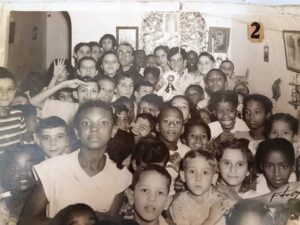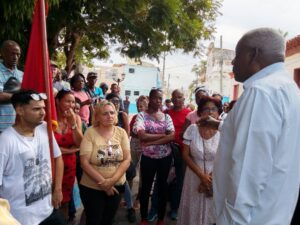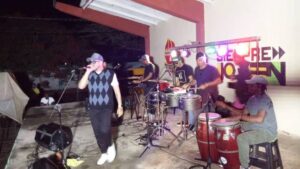Hiroshima and Nagasaki: Echoes of a Catastrophe.
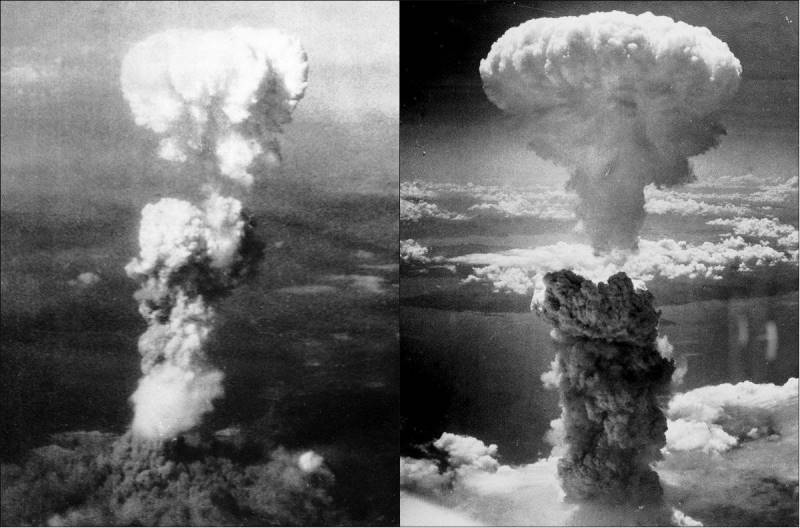
Peace cannot be taken lightly and the memory of these Japanese cities must endure as a wake-up call in our struggle for a more united, just and peaceful world.

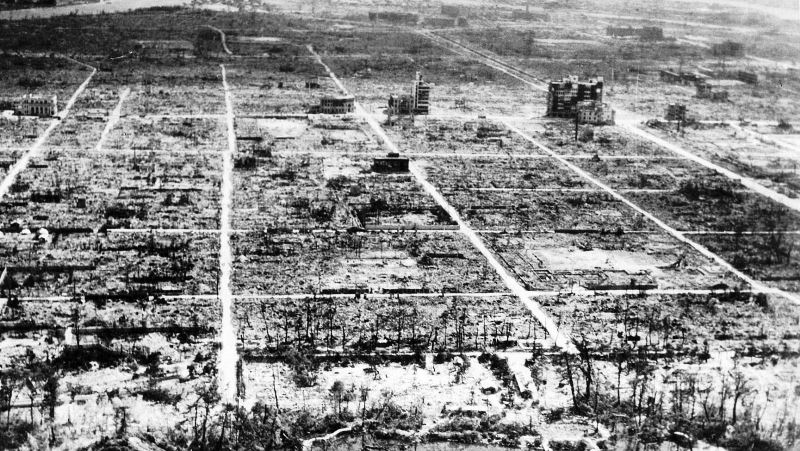
With blood and ashes he wrote history in August 1945, when peace succumbed to relentless terrorism, and souls trembled in the face of ferocity and horror. Japan, emerging in economic and military might, came up against a rising empire, the United States, and tension gave way to tragedy.
American anger, ignited by the Japanese attack on Pearl Harbor, Hawaii and the Philippines in 1941, unleashed the Manhattan Project, a race against time to forge a weapon never before seen: the atomic bomb. Led by physicist Robert Oppenheimer, the so-called Trinity became the centerpiece of a lethal strategy against the island of the rising sun.
The then new American president, Harry Truman, demanded the surrender of the Japanese government on July 26th, but the refusal unleashed his anger and the world plunged into the abyss. On August 6th, the city of Hiroshima was scorched by hell when the Enola Gay plane dropped the Little Boy bomb, loaded with uranium 235, and the enclave was destroyed in an instant.
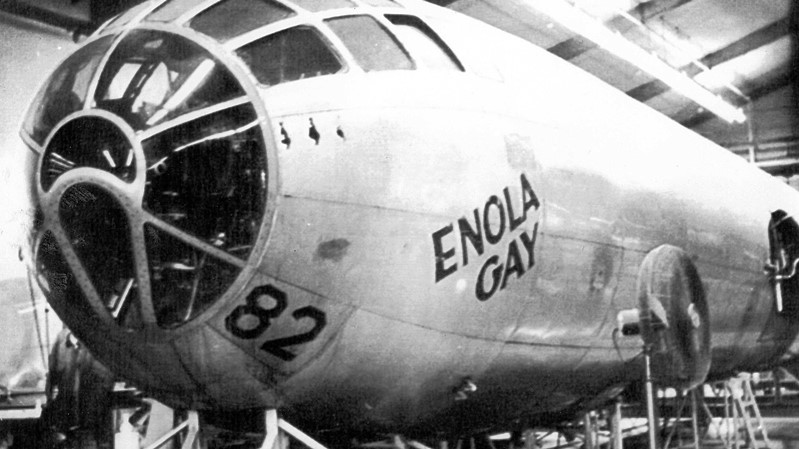
Three days later, as if the hellish attack had not been enough, the B-29 Bockstar bomber dropped the Fat Man, composed of Plutonium-239, on eastern Nagasaki. Death and devastation overtook this peaceful port city and its previously battered sister, forever marking the memory of its surviving hibakushas and those who succeeded them.
The collective trauma of Hiroshima and Nagasaki opened a wound that still survives and horrifies. The memorials and allegorical parks that commemorate those terrible events are evidence of how far the monstrosity of men can go when hatred and ambition stain their minds and hearts.
Today, Hiroshima and Nagasaki stand as emblematic cities, but the scars of yesterday continue to throb beneath their surfaces. And although the hell of those days left an indelible trail of devastation in the universal conscience, it represents a painful lesson for present and future generations, for peace cannot be taken lightly and the memory of these Japanese cities must endure as a wake-up call in our struggle for a more united, just and peaceful world.
Written by Yadiel Barbón Salgado.


